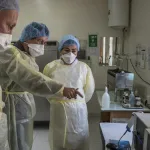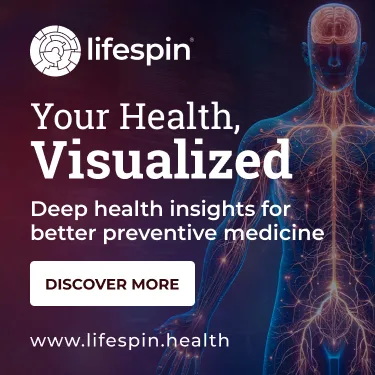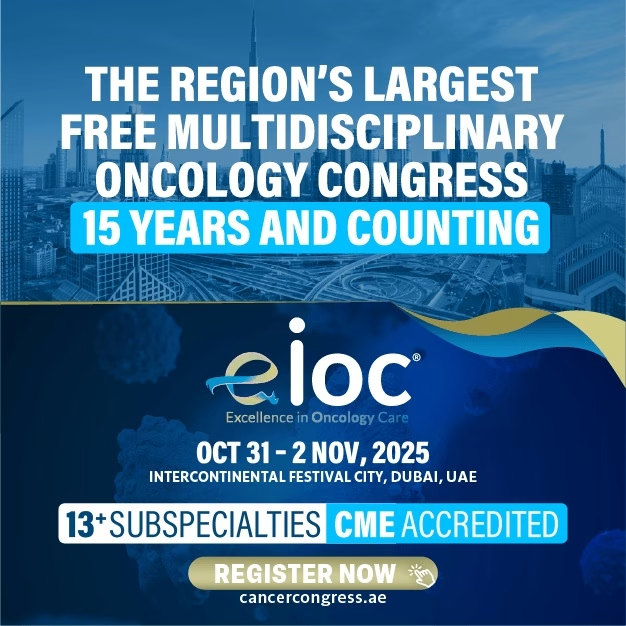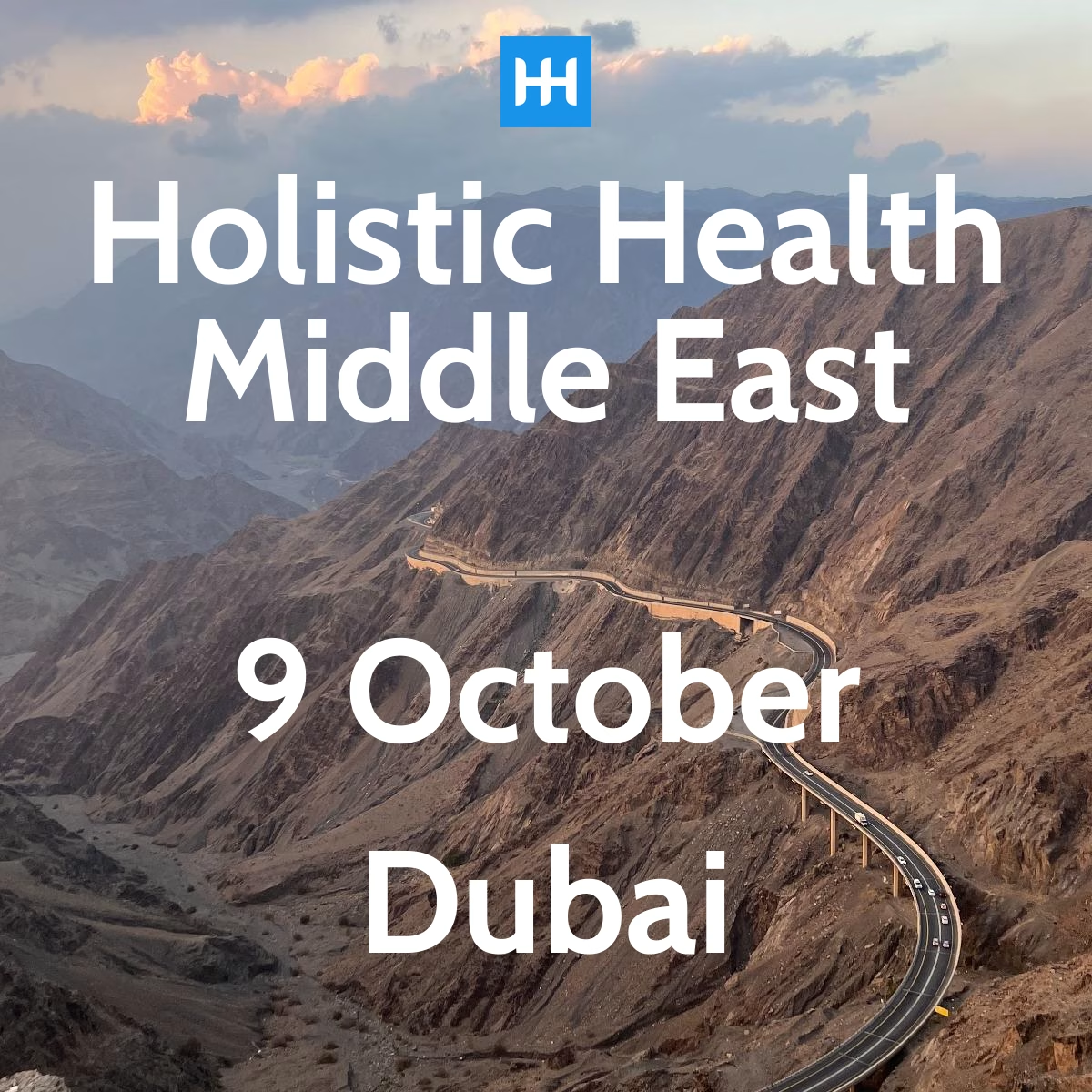Rochester- December 2024- Mayo Clinic’s Center for Individualized Medicine has achieved a significant milestone with its Tapestry study, generating the clinic’s largest-ever collection of exome data, which include genes that code for proteins — key to understanding health and disease.
Led by Konstantinos Lazaridis, M.D., the study analyzed DNA from over 100,000 participants from diverse backgrounds, providing important insights into certain genetic predispositions to support personalized and proactive medical guidance.
The findings, published in Mayo Clinic Proceedings, focused on pathogenic (disease-causing) and likely pathogenic genetic variants linked to three specific conditions: hereditary breast and ovarian cancer syndrome, Lynch syndrome and familial hypercholesterolemia. Findings revealed that 1.9% of participants — nearly 2,000 people — carried at least one genetic variant that could increase their risk for these diseases. Notably, about 65% of those with a detected variant had no known prior personal or family history of the conditions.
For many participants found to carry a genetic variant, the information has been life changing. Some have taken proactive steps, such as undergoing early screenings or preventive surgeries, which in some cases led to early cancer detection or reduced their risk of heart disease.
“The implications of the Tapestry study are monumental,” says Dr. Lazaridis, the Carlson and Nelson Endowed Executive Director for the Center for Individualized Medicine. “As this study continues to inform and transform the practice of personalized medicine, it also sets a new standard for how large-scale medical research can be conducted in an increasingly digital and decentralized world.”
A monumental, decentralized effort
Almost as significant as the study’s outcome is how it was accomplished. The Tapestry study has been Mayo Clinic’s largest decentralized trial, meaning it was conducted remotely through electronic contact, education and consent, with sample collection materials delivered to the participant’s home.
Also Read: Hope Without Injury: Mayo’s Breakthrough in Stem Cell Therapy
Launched in early 2020 during the COVID-19 pandemic, the project overcame unprecedented challenges, including securing consent from over 100,000 of the 1.3 million people invited to participate and mobilizing vast resources.
“It was a tremendous effort,” Dr. Lazaridis recalls. “The engagement of such a number of participants in a relatively short time and during a pandemic showcased the trust and the dedication not only of our team but also of our patients.”
“We have also learned valuable lessons about some patients’ decisions not to participate in Tapestry, which will be the focus of future publications,” he added.
Participants’ saliva samples from all three of Mayo Clinic’s campuses — in Minnesota, Arizona and Florida — were used to extract DNA for exome sequencing. Exome sequencing analyzes nearly 20,000 genes that provide instructions for making proteins, which play many critical roles in the body. This is where most known disease-causing pathogenic or likely pathogenic genetic variants occur.
This genetic exploration focused on hereditary conditions such as the BRCA1 and BRCA2 genes. According to the Centers for Disease Control, women with these pathogenic genetic variants have a higher likelihood of developing breast and ovarian cancer, while men with BRCA1 and BRCA2 mutations face an increased risk of breast cancer and a potentially elevated risk of prostate cancer. The study also examined Lynch syndrome, which raises the risk of colorectal and uterine cancers, and familial hypercholesterolemia, known for its impact on early-onset heart disease, heart attacks and stroke.
“Receiving genetic information can be difficult, but it also empowers patients to take proactive steps for their health,” says Jennifer Kemppainen, CGC, supervisor of the Mayo Clinic Genetic Testing and Counseling unit and part of the Tapestry study team. “We help patients understand their results and educate them about screening and management options, so they feel prepared to meet with specialists and make informed decisions about their care.”



















